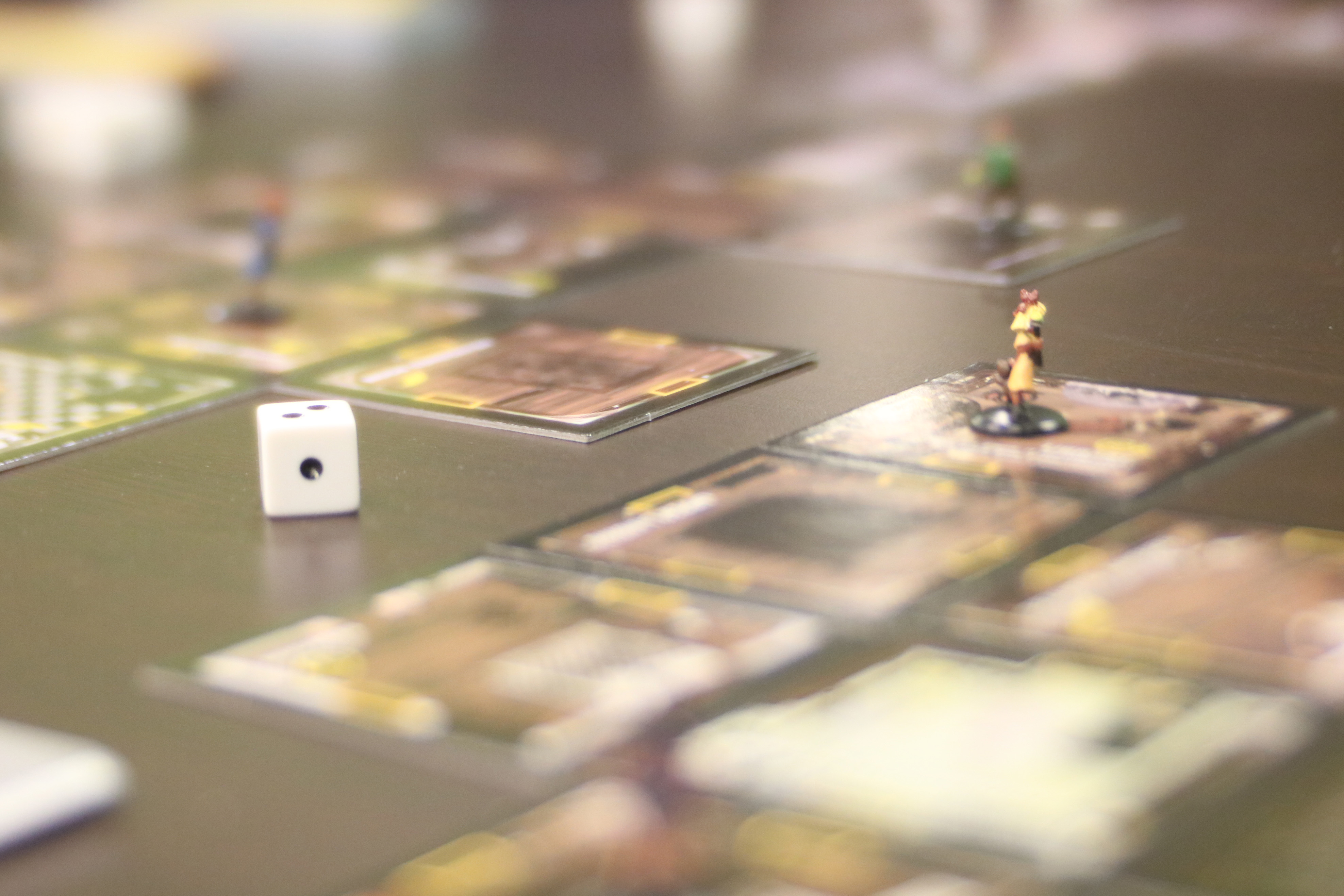Some Portland State students who have been around since 2005 or earlier may remember a time when the Millar Library was open 24 hours a day.
Those days are long gone, however. In 2006, budget cuts and other efficiency concerns forced the library to close its doors at 11 p.m. on weekdays during the regular school year.
And now, Helen Spalding, university librarian for the Millar Library, says that students can expect to see the library’s hours of operation cut back even more because funding for the University System has been reduced.
Unfortunately, cuts to the library’s hours are only the beginning.
Although the university has not released the figure, Spalding said she expects the library’s acquisition budget to be in the area of $2.5 million for the school year, which is down from a little under $3 million the previous year.
“The acquisition budget is what we use to purchase database access, so we have to cancel some of those subscriptions,” Spalding said. “We won’t be able to buy as many books, and probably have to cut library hours because we won’t have money to pay for student assistants.”
According to Spalding, the Millar Library currently employs 70 student assistants along with 22 librarians, 40 classified staff and three academic professionals. Spalding said the librarians are working closely with the academic departments to prioritize the most important academic databases.
“They are all necessary, but we are prioritizing [the databases] by looking at statistics to see which electronic journals get the heaviest use,” Spalding said. “Our budget is already too small for a campus this size.”
In October 2008, the library asked students, faculty and staff to participate in the LibQual+ survey, which Spalding said is used to measure expectations for the library and how well the library meets those expectations.
In their findings, Spalding said that all students and faculty believe the library’s collections are not adequate.
“We are really pleased with the response and grateful that people took the time to not only answer the survey, but also provide comments,” Spalding said. “Clearly students care about the library because there are people here with expertise that can help them with their assignment and research.”
Millar Library’s analysis of the LibQual+ survey:
Overall
The library has improved in the eyes of undergraduate and graduate students since 2006.
Faculty and staff are not satisfied with the accessibility of library resources or collections.
Information control is a priority for library users and the least satisfactory dimension.
Due to increasing publishing costs and budget restraints, the library will not be able to satisfy faculty desires and focuses first on fulfilling undergraduate needs.
From 2003–08, expectations regarding electronic and print collections, ease of access and a well designed Web site have increased.
Expectations for and satisfaction with the library as a place are low.
Information control
The library is not meeting the information needs of faculty and staff.
Information control is a higher priority for faculty and graduate students than for undergraduates.
Library as a place
Undergraduates want a comfortable place to study.
Undergraduates’ current perception of Millar Library space is falling further from the quality they desire.
Faculty and staff do not value library space as much as undergraduates.




